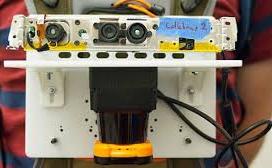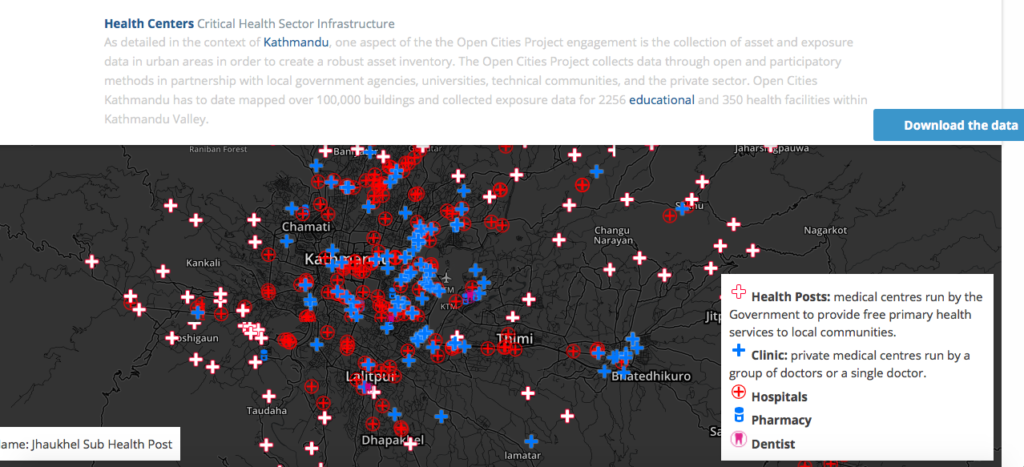
Portable Wearable Mapping System Powered by SLAM
 It is quite interesting that Simultaneous Localization And Mapping systems are becoming more and more portable and even wearable. This concept of SLAM technology for mapping had only been applied to robotic mapping.
It is quite interesting that Simultaneous Localization And Mapping systems are becoming more and more portable and even wearable. This concept of SLAM technology for mapping had only been applied to robotic mapping.
Impressively, some researchers at MIT’s computer science and Artificial Intelligence Lab have gone ahead to develop a portable mapping system that transmits remotely a digital map of a wearer’s environment.
The device was conceived as a way to help first responders and emergency management personnel assess and understand the spatial component of an emergency situation. By enabling emergency responders the ability to generate real-time maps as they explore a location, the remote transmission of the spatial layout of a building can help external commanders the ability to better manage emergency situations.
The system leverages different positioning technologies to localize and orient itself and at the same time mapping its environment. It uses a fitted GPS unit to track the wearer’s physical position, the LIDAR rangefinder to measure the return of light pulses in 270 degree arc as part of the Auto-mapping mechanism. The Gyroscopes in the system measures the tilt of the rangerfinder to adjust its readings accurately. The accelerometers measure the speed of the person wearing the device. The barometer fitted in the system measures changes in air pressure which is used to adjust for when a firefighter or law enforcement person changes floors. Lastly, the device contains a camera that captures a comparative image of the environment. The Operating Software captures 200 types of visual features from imagery involving patterns, topography, and three dimensional entities. The information extracted from the imagery is compared against the sensor data to ensure the digital map is correct. It also allows the user to mark or delineate the area of interest.
The Device is worn on the chest and it is about the size of an iPad with a backpack carrying the additional components. Very Very Handy.
Check it out in this video clip below.
Source: GIS Lounge







